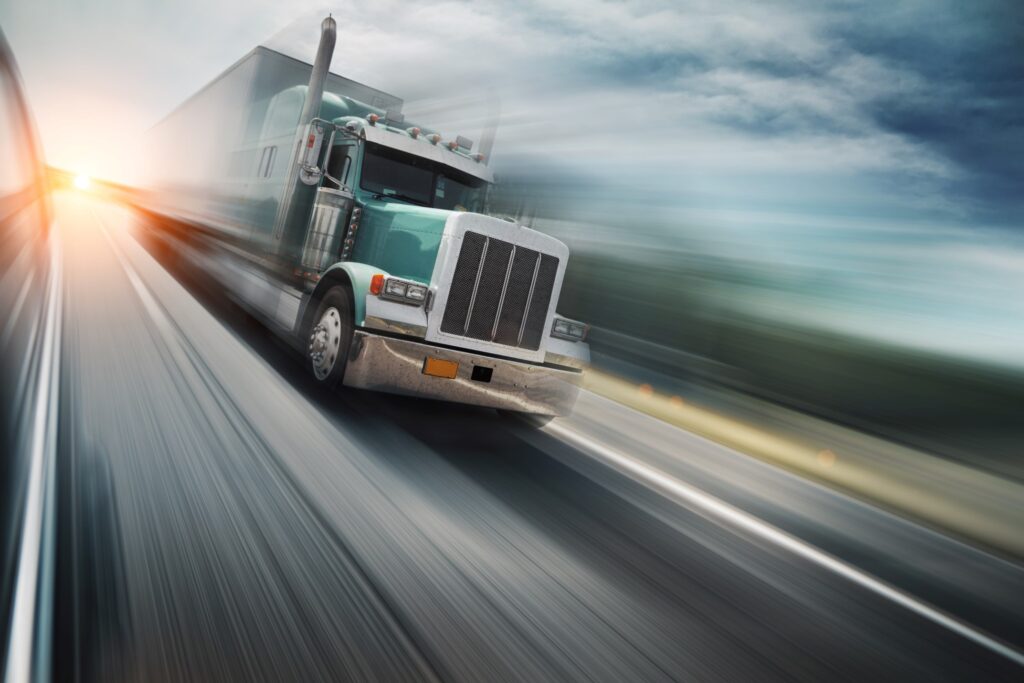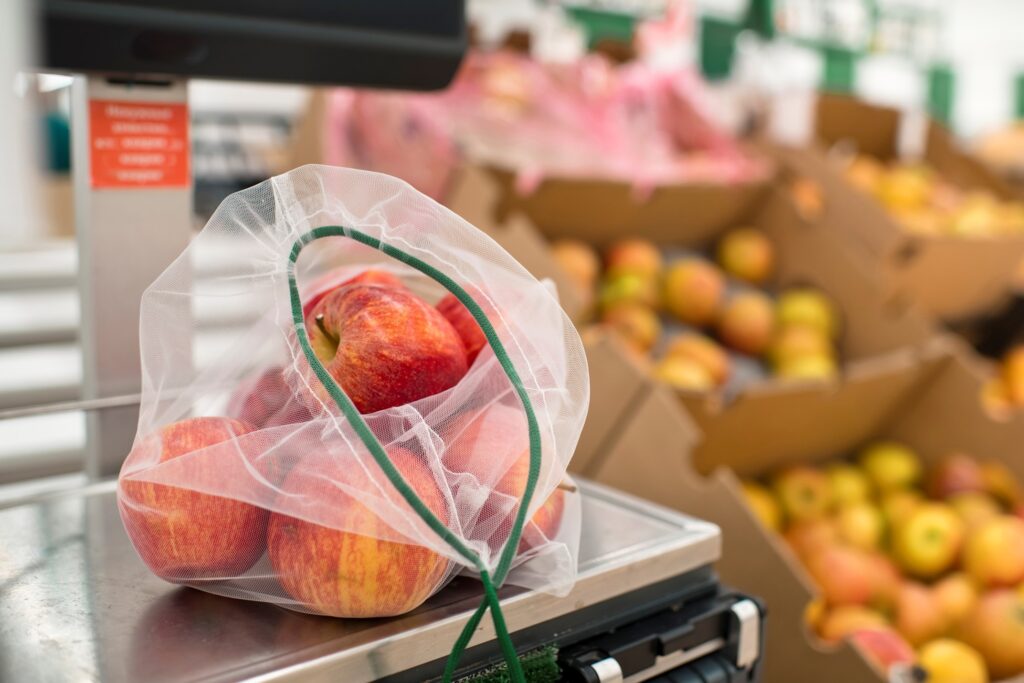
Recently we came across a white paper about how Advanced Vehicle Technology is changing the Transportation Industry. They were talking about “connected trucks” equipped with IOT (Internet of Things) devices (devices with sensors that can communicate with other devices) that can monitor things like temperature, location and speed and produce data that can be used to drive predictive analytics for companies. We started thinking about how we can leverage the EDI software we use (Liaison’s Delta/ECS) to get this data from carriers to the senders and receivers of the goods.
One area the article discussed was using IOT devices to monitor the storage temperature of food while it is being transported to provide clear cold chain tracking and accountability. This would give proof of clear custody and control of the product if questions surround the quality of it. Some of this data is required on ASNs in the food industry so having a carrier be able to transmit it and being able to drop it in an ASN document would add to the completeness and accuracy of the data required for food transportation.
The IOT devices can also provide data to know where delivery is in real-time so companies can schedule staff to receive and distribute the delivery when it arrives. This would provide better visibility of the status of goods ordered and makes the carrier an integral part in the value chain.
The carrier has always been a weak spot in the EDI process, as EDI documents typically go from the vendor to the customer with no input from the carrier other than a PRO number (carrier-generated tracking number). Utilizing the Web Services functionality within Delta/ECS, IOT-enabled delivery data can be updated in real-time in a secure manner to give companies greater visibility to when the goods will arrive.
This does not have to apply just to trucks. All forms of transportation (planes, trains, ships) can use IOT to communicate shipment data. With the frequency of extreme weather patterns across the country, real-time updating of expected delivery information would be very beneficial to keep the supply chain functioning more effectively.
Integrating the data “connected” carriers can provide into the supply chain enhances the entire process and provides for more efficiency and greater visibility for both the senders and receivers of goods. The 856 EDI ASN (Advanced Shipment Notice) document provides receivers with what is being delivered and how it is packaged. Being able to add a “when” dimension to that document is a logical next step given the technology available today.
Learn more about how to thrive in a world full of supply chain challenges in our free eBook: Supply Chain Insights








